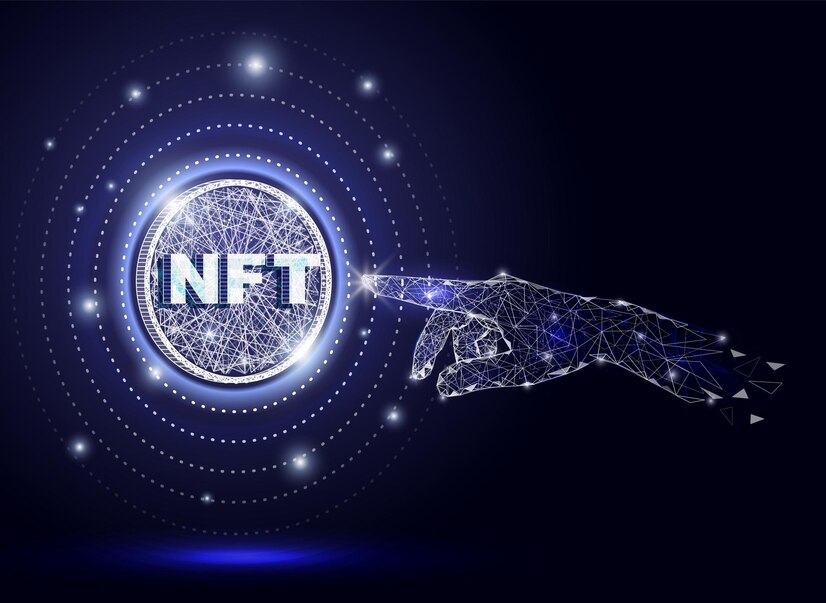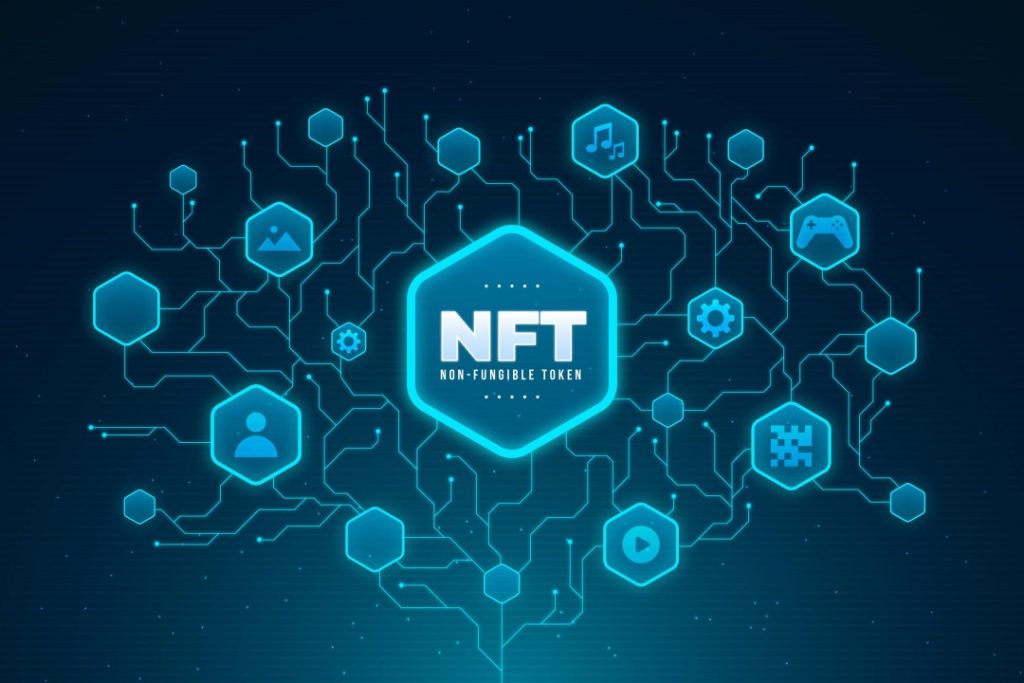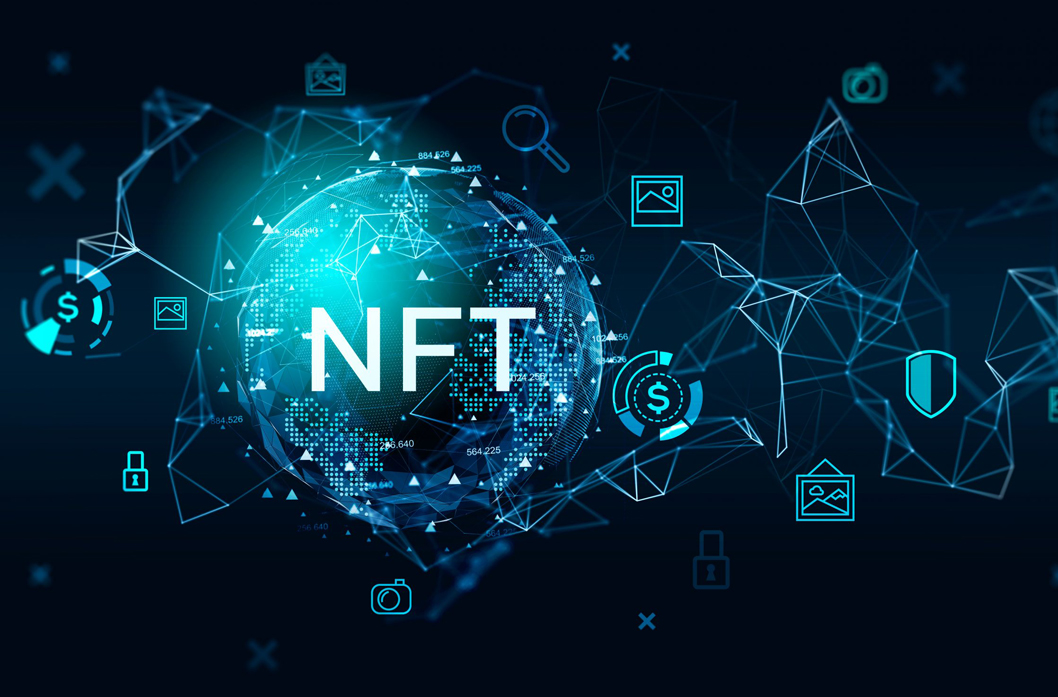Do you want to know what the most electrifying changes in today’s sports franchise, gaming community, and entertainment world is? The era of digital collectibles is transforming the way people consume entertainment which fuels innovation. Unlockable player digital cards stand out with the most jaw-dropping innovations. Each one is a unique digital asset that is verified on the blockchain and can be traded, bought or sold on multiple marketplaces. One of the most important distintions from ordinary digital collectibles is the card comes with much more sophisticated imbedded royalty structures. Unique collectible cards like digital player owned cards embedded with royalties ensure that a certain part of the card’s resale value always goes back to the originator athlete or creator. Due to this reason, they will always have income for stakeholders but simultaneously motivate success through enduring rewards as opposed to one-off rewards through sales which creating scarcity.The Rise of Digital Collectibles in Sports
The creation of player-owned digital cards began with initial attempts in trading card games and NFTs (non-fungible tokens). Nostalgic pieces of memorabilia, sports cards have always been treasured for their unique value, but they face challenges due to their physical production limitations and lack of clear markets. With the advent of digital cards, these obstacles can be overcome as they can be minted as unique, blockchain-secured, and digitally verified cards which ensure authenticity and origin for eternity. Sports and e-sports enthusiasts were the first to take the plunge, releasing limited edition digital cards which were associated with player milestones, special events, and even anniversaries. Fans had the opportunity to buy moments of glory and iconic images, bold in the fact that their ownership was immutable. But the real turning point was when intelligent royalties were introduced where each resale of a card would automatically pay the original rights holder, dramatically shifting the balance of power towards secondary market sellers.
Establishing Royalties within Smart Contracts

The backbone of the royalty revolution rests upon incorporating in-contract royalties. Deployed on blockchain platforms like Ethereum or emerging layer-2 networks, these contracts are integrated into code for self execution, wherein they outline the conditions under which a digital card can be traded. Typically, various levels from 2% to 10% are set aside as royalties for cards, which are earned each time the card is sold. Seldom the contract gets neglected when transfers of that token ID are sold. As soon as the card is sold or is on sale, the athlete or the team watches as the wallet directly starts receiving the royalties agreed upon within the contract, leaving the rest of the sale proceeds tailed towards the seller. Bypass, in this case private transactions and off-chain agreements cannot be executed enabling a smooth sailing process at the protocol level, resulting in rights holders reaping the rewards from long term investments. Collectors also relish the benefits of effortless fee refunds thanks to automated omission of tedious processes.
Gains for Players, Creators, and Teams
The royalty-enabled approach has clear benefits for every participant. For players and content creators, it changes temporary promotions into passive income. An example is an athlete celebrating an amazing season. They can release a digital card collection of artwork or key plays of their season. As fans purchase these cards in the hope of trading them during playoffs or for certain promotional events, the athlete keeps receiving royalties regardless of when cards the cards are sold. This mechanism can also be used by franchises and leagues to raise funds for community projects, youth programs, or charity partnerships by allocating a percentage of token royalties to socially responsible spending.
Collectors also gain from a more dynamic and moralized marketplace. Knowing that the royalties will go back to the player or team they support, customers spend with more optimism and solidarity. For this reason, this kind of marketplace encourages enthusiasm and deeper engagement for the business. Apart from that, withdrawable funds in the secondary market usually soften as a result of unambiguous, trust-free royalty arrangements—purchasers and sellers are more prepared to trade when the terms of royalty disclosure are clear and publicly available, rather than negotiated in private or concealed in the fine print.
For the Tech-Savvy And Legal Experts
The mechanics of royalty disbursement for public blockchains is elegant, however, deploying player-owned digital cards requires particular attention to the regulatory and technical aspects. Scalability challenges arise when high-frequency trading activates a torrent of on-chain transactional traffic vis-a-vis flooding the network with transactions that need autoproofed gas-fee verifiable royalty payments. To ease gas-fee constrictions, many of these platforms are moving toward layer-2 and sidechains with reduced costs for transactions but adequate security. Interoperability standards that span multiple blockchains, such as ERC-721, and the recently developed multi-token format, ERC-1155, are greatly enhancing liquidity by enabling cards to be traded through diverse secondary marketplaces and blockchains.
Regulators and rights bodies are trying to figure out the definition and classification of the assets which have been tokenized. From the securities law lens, some of the tokens that provide royalties can arguably be within an investment contract based on promotional materials outlining them as appreciating assets vis a versa. To mitigate compliance nightmares, leading tokens’ issuers have deployed strong KYC/AML onboarding procedures discerning that the tokens are primarily issued are collectibles without venturing into financial instruments. When contrived with personal data or likeness, privacy laws like GDPR becomes relevant mandating informed consent mechanisms and “right to be forgotten” revocation metadata pointers.
The Coming Innovations in Royalties for Digital Collectible Market

Royalties in sports and entertainment collectibles permanently change with the tokenization of players’ image rights. Each resale will embed a royalty which will lead to dynamic royalties that will likely increase during important tournaments and decrease as the card ages. Designers are now focusing on more holistic models as they look into revenue-share pools that grant royalties not only to single players, but to whole teams, fan clubs, or even ecosystem grant programs. Card holders may with further utility unlock exclusive, real-world training sessions, virtual meet-and-greets, or even augmented reality experiences and play-to-earn video games.
Co-creation among athletes, teams, technology developers, and regulators to determine the sweet spot between safeguarding and risk-taking determines the triumph of digitally owned cards by players. The permanently, clearly and community-oriented markets roped in, enable sustainable and decentralized marketplaces by putting royalties on treatment level protocols. As legal systems shift over time with the development of blockchain platforms, we can expect a future where players, creators, and fans would be connected to a single digital system. One that allows value generation payment for every moment made possible through trades, swaps, and replays.






Leave a Reply